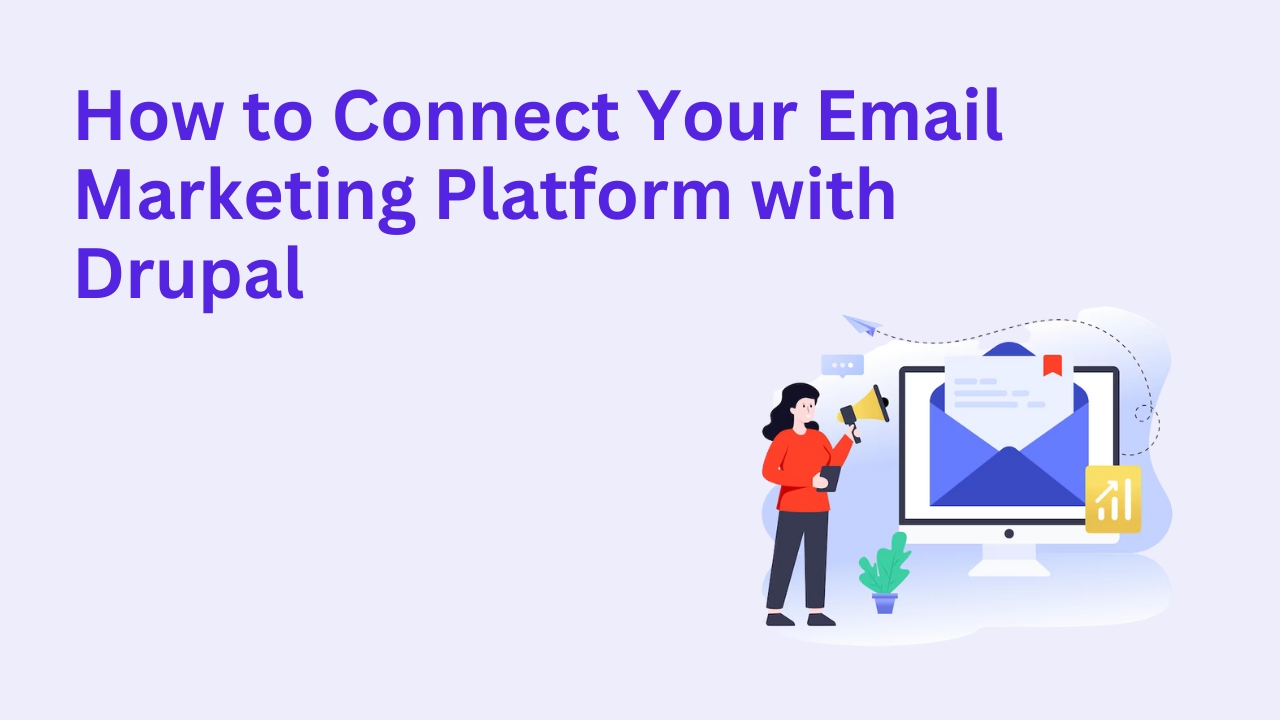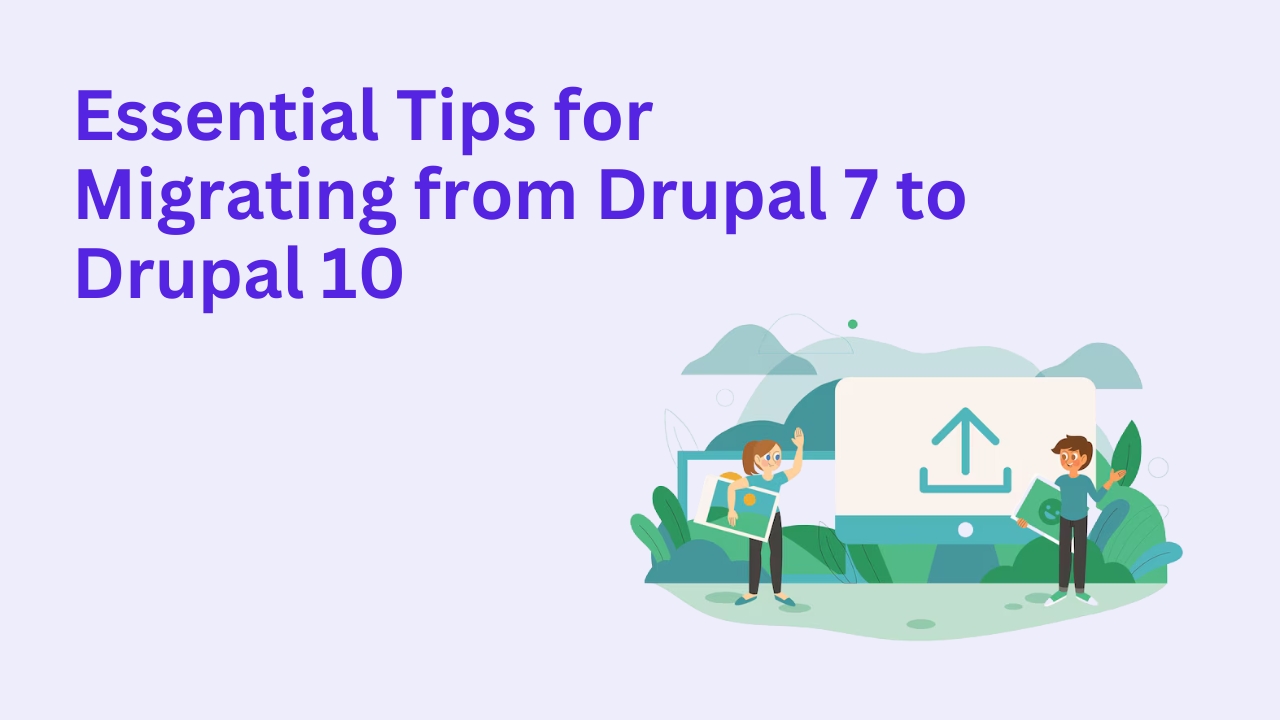How to Leverage Drupal’s Webform Module for Lead Generation

Lead generation is the lifeblood of digital marketing turning website visitors into valuable prospects. Fortunately, if your site runs on Drupal, the Webform module gives you a powerful, flexible way to capture leads and start building meaningful relationships.
What is the Webform Module?
The Webform module is one of Drupal’s most popular contributed modules, allowing you to build complex, customizable forms. It supports everything from simple contact forms to multi-step surveys and dynamic forms that adapt to user input.
Why Use Webform for Lead Generation?
✅ Flexible Form Creation: Create tailored forms with custom fields that align with your campaign goals.
✅ Data Management: Automatically store and organize lead data securely within your Drupal site.
✅ Integrations: Seamlessly connect with CRMs and email marketing tools to nurture leads.
✅ Conditional Logic: Display or hide fields based on user behavior, improving UX and conversion rates.
✅ Spam Protection: Integrate with anti-spam services like reCAPTCHA for clean, high-quality data.
How to Set Up a Lead-Generating Webform in Drupal
1. Install & Configure the Webform Module
First, install the module via your Drupal admin interface or Composer. Once enabled, configure basic settings like form submission limits and email notifications.
2. Design Your Lead Capture Form
Use the intuitive Webform UI to:
Add essential fields (name, email, phone, company)
Incorporate dropdowns, checkboxes, and radio buttons for segmentation
Use file uploads or custom fields for more detailed data collection
3. Use Conditional Logic to Personalize the Experience
Leverage Webform’s conditional logic to show/hide questions based on user selections. This makes forms more engaging and relevant, improving conversion rates.
4. Integrate with Your Marketing Stack
Connect your forms to:
CRMs like HubSpot, Salesforce, or Zoho
Email marketing platforms like Mailchimp or Constant Contact
Analytics tools for campaign performance tracking
Modules and APIs make these integrations smooth and secure.
5. Set Up Automated Notifications
Configure Webform to send instant notifications to your sales or marketing team when a new lead comes in. You can also send automated thank-you emails to users for a professional follow-up.
6. Optimize for Conversion
Use engaging CTAs that encourage form submissions
Keep forms short and user-friendly—avoid overwhelming users
Ensure your forms are mobile-responsive and accessible
Measuring Success
After launching your lead capture form, track key metrics like:
Form conversion rates
Lead quality and follow-up success
Campaign ROI and lead-to-customer conversion rates
Use this data to refine your forms and improve future campaigns.
Why Work with Drupalify?
At Drupalify, we help businesses set up Webform-driven lead generation strategies that convert. From form design to CRM integrations, we ensure your Drupal site captures high-quality leads and nurtures them effectively.
Explore our services: Hire Drupal Developers
Or book a free consultation: Book a Free Consultation
Conclusion
The Webform module isn’t just a form builder—it’s a powerful tool for turning your Drupal site into a lead-generation machine. With thoughtful design and strategic integrations, you can capture and convert more leads to fuel your growth. Ready to optimize your lead generation? Let’s talk.








